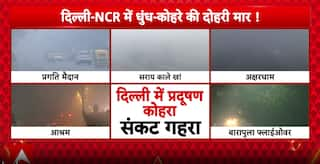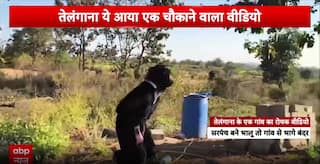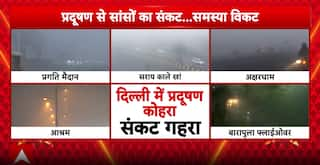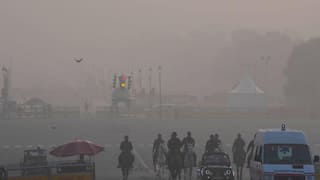Delhi: Yamuna Continues To Flow Above Danger Mark, Water Level To Drop In Next 3 Days
According to the authorities, water level of the Yamuna river will recede in the next two to three days as there has been no significant rainfall in the upper catchment areas.
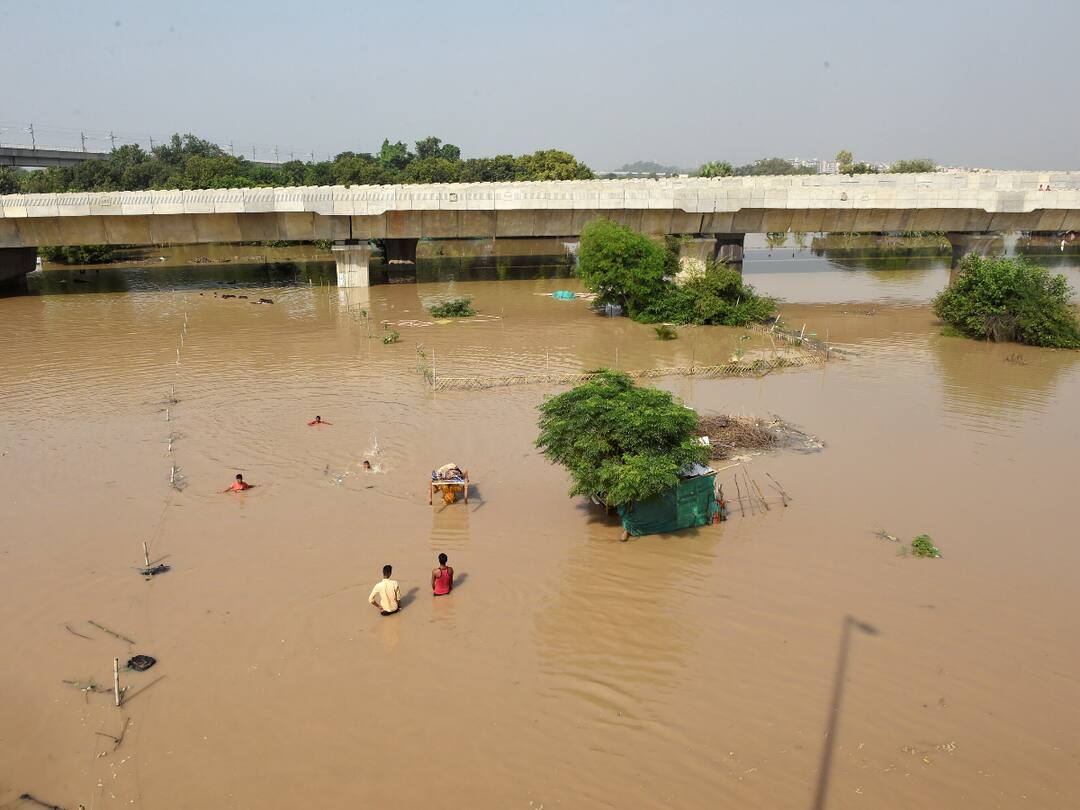
New Delhi: The water level of the Yamuna river continued to flow above the danger mark on Wednesday in the national capital. The danger mark for river Yamuna is 205.33 metres, it reached the 206.59-metre mark at 7 am today.
As a result of heavy rain for three consecutive days last week, the river crossed its danger mark on Tuesday afternoon. The low-lying areas were flooded, prompting authorities to evacuate around 6,500 people. Also, due to the rise of the water level, the northern railway suspended the rail traffic over the old Yamuna Bridge on Tuesday from 4:00 pm.
Delhi | Yamuna river continues to flow above the danger mark in the capital as the river's level reached 206.59 meters at 7am, today.
— ANI (@ANI) September 28, 2022
The danger mark of the Yamuna river is 205.33 meters
(file pic) pic.twitter.com/kyN4gFe0Ow
According to a PTI report, the authorities have said that the water level will recede in the next two to three days as there has been no significant rainfall in the upper catchment areas of the river.
The river breached the danger mark of 205.33 metres in Delhi on Monday night and the evacuation mark of 206 metres early Tuesday morning following an unusually late spell of heavy rain in the upper catchment areas between September 21 and September 25.
ALSO READ: Congress President Poll: Ashok Gehlot Still In Contention, Could File Nomination Tomorrow
Several civil defence workers have been deployed to prevent people from moving back into their houses until the water recedes to its normal level. The low-lying areas near the river in Delhi are considered vulnerable to flooding and are home to around 37,000 people.
"Most of the people shifted to safer places themselves. The Delhi administration had to evacuate around 6,500 and move them to community centres, schools and temporary tents," East Delhi District Magistrate Anil Banka told PTI.
According to the news agency, the authorities reported a discharge rate of around 25,400 cusecs at 9 am from the Hathnikund barrage in Haryana on Wednesday, while the discharge rate was 2,95,212 cusecs at 6 am on Monday, which is the highest so far this year. One cusec is equivalent to 28.32 litres per second.
Normally, the flow rate at the Hathnikund barrage is 352 cusecs, but the discharge increases after heavy rainfall in the catchment areas. It takes two or three days for the water to discharge from the barrage and reach Delhi.











